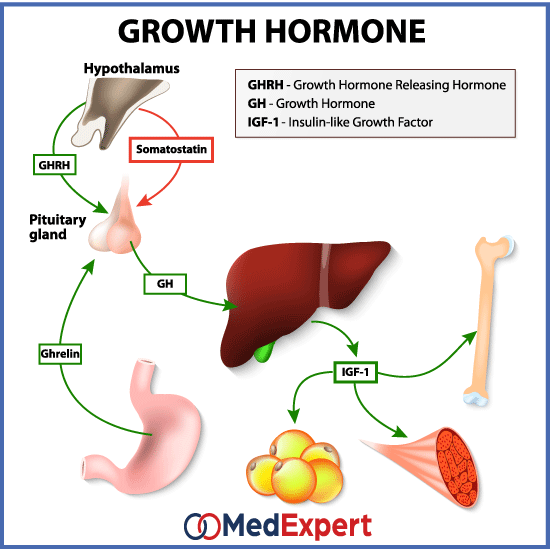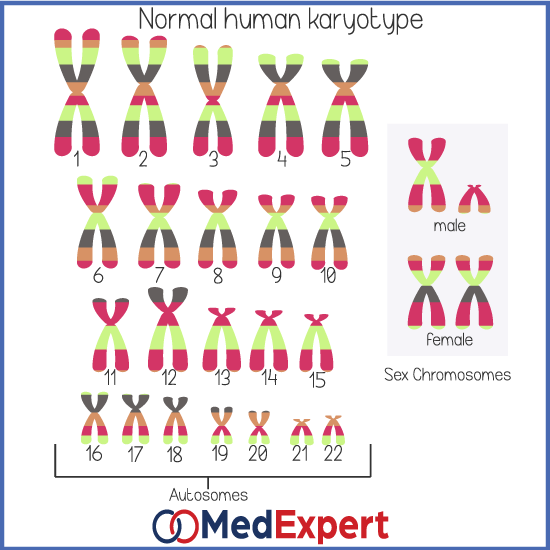Growth Problems in Children
Growth during Childhood
In the first 2 years of life, children grow rapidly. Then it is followed by moderate growth during childhood. Another growth spurt will be experienced during the teenage years as they reach puberty. This can be seen when a rapid weight and height gain occurs.

Weight changes DURING CHILDHOOD:
- The first few days of life: Birth weight loss of 5-10%
- Week 1 to 2: Birth weight regained
- 2 weeks to 3 months: 20 – 30g per day gained
- 3 to 6 months: 20g per day gained
- 6 to 12 months: 12g per day gained
- 12 to 18 months: 8 g per day gained
Children normally double their birth weight by 5 to 6 months of age by 1 year, they would’ve tripled their birth weight.
Height gained DURING CHILDHOOD:
- 1st year: 25cm
- 2nd year: 12cm
- 3rd year onwards till puberty: 6 cm per year
Growth spurt during puberty ( usually of about 2 years duration):
- Girls: 6-11 cm per year
- Boys: 7-12 cm per year
Factors that affect growth DURING CHILDHOOD
There are a few factors that influences a child’s height:
- Genetics
- General health
- Nutrition
- Hormones
- Psychosocial environment
The final height of a child is normally close to the average of the parental heights. For boys, it’ll be the average of the parents’ heights plus an additional 6.5cm. For girls, the final height will be the average of the parents’ heights minus 6.5cm.
Height may be adversely affected by genetic or chromosomal abnormalities. Conditions such as Prader- Willi syndrome, Russell-Silver and Turner syndrome result in a short stature.

On the other hand, hormone problems like hypothyroidism, hyperthyroidism or growth hormone deficiency can have an impact on growth. Likewise, chronic illnesses may contribute to short stature. For instance, a child with poorly controlled asthma, chronic diarrhoea or an unaddressed cardiac condition would appear short when compared to his peers.
Monitoring a child’s growth
You should plot their weight and height on the growth charts found in the health and immunization booklet when tracking a child’s growth. These growth points will form a curve and indicate how the child compares with his peers over time.
For a boy, if the weight line falls on the 25th centile line; he is heavier than 25% of normal boys his age and lighter than 75% of normal boys.
Most children grow in tandem with their peers after 2 years of age so their growth curves will appear parallel to the standardized centile lines. However, between the ages of 6-18 months, some children may appear to move up or down the charts. It may be normal to see shifts during this period if there is continued weight gain and the child is in good health.
Red Flags – When Should We Be Concerned about a child’s growth?
When a child’s measurement fall under the 3rd centile, they should be assessed by their paediatrician. Especially when they have:
- Chronic diarrhoea
- Vomiting
- Poor appetite
- Delayed milestones
Another concern is when the child fails to gain weight or height appropriately. After the age of 2 years, most children grow consistently (6cm a year) until they hit puberty (growth spurt). Growing too slowly appears to start off at a higher centile and later falls to a lower centile. This can be seen on the growth chart when a child’s curve cut across the standardized centile lines.
Growth Assessment During Childhood
Questions about growth, general health, nutrition as well as the birth and development of your child is often enquired by your doctor. Notes about your family history will be taken down during this examination.
This growth assessment requires a thorough physical examination that includes looking at the weight, height measurements, pubertal stage and aims at detecting any relevant medical conditions. To determine the growth rate of your child, previous height or weight measurements should be provided to the doctor. This is to determine whether the growing rate of your child is normal.
DIAGNOSING ABNORMAL Growth DURING CHILDHOOD
The doctor may recommend further tests after their findings which may include:
- Bone age: An assessment that is carried out to help doctors estimate the maturity of a child’s skeletal system. This procedure is done by taking an X-ray image of the wrist of your child.
- Karyotype: The doctor may ask for an analysis of their chromosomes. This is to exclude a condition known as Turner syndrome in girls.
- Growth hormone stimulation test: Your doctor may order a growth hormone stimulation test of he/she suspects that your child’s body is not producing enough growth hormones. Random growth hormone levels don’t reflect the child’s growth ability. This assessment is carried out to determine the level of your child’s growth hormones.
Management of child’s growth
A child needs a balanced diet to grow normally and healthily. Chronic illnesses or hormone deficiencies has to be identified and adequately treated.
Growth hormone has been approved for the treatment of:
- Growth hormone deficiency
- Short stature in chronic renal insufficiency
- Turner syndrome
- Prader-Willi syndrome
- Children who were small for gestational age at birth and fail to catch-up
- SHOX deficiency
- Idiopathic Short Stature
The use of growth hormone can improve the final height outcome in appropriate cases.
Conditions Associated with Short Stature during childhood
Growth Hormone Deficiency (GHD)
Children with this condition do not have a normal production of growth hormone. This could be due to an abnormality in the pituitary gland; it occurs when it fails to produce enough growth hormone.
In some cases, the pituitary gland could have been destroyed by an infection or a tumour. Other times, there is no abnormality of the pituitary gland but it fails to function normally.
They fail to grow normally and will benefit from growth hormone treatment. However, this should be first assessed and discussed with your doctor.
Turner syndrome
Generally, girls have two copies of the X chromosomes in each of their cells. This is a genetic condition where the girls are missing X chromosome in some or all of the cells. They may also be short in stature and may also have other distinctive physical features. Growth hormone treatment helps these girls to grow better. Often, these girls also have problems of delayed puberty and may require hormone replacement.
Intrauterine Growth Retardation (IUGR) / Small for Gestational Age (SGA)
While in the womb, some babies grow suboptimally. This could be due to:
- Maternal health issues
- A placenta that did not function well
- The baby’s genes or other unknown factors
When compared to peers of the same ‘incubation period’, these children are small at birth. This is usually taken to be birth weights of less than 2.5kg or lengths of less than 45cm for term babies. Despite being born small, most of these children will catch up with their peers by 2 to 3 years of age. Growth hormone treatment is beneficial for those who don’t catch up with their peers.
SGA children may have an increased risk of high blood pressure, insulin resistance, lipid problems and metabolic syndrome later in adult life. Therefore, these issues must be discussed with your doctor before a decision is made in regards to growth and growth hormone treatment.
Constitutional Delay of Growth and Development
This term describes late-bloomers who reach puberty later than their peers. Many times, there is a family history of similar pubertal delay. They may appear shorter than their peers at first due to their less mature skeletal system. They start puberty later but may grow for a longer time and eventually catch up with their peers. Most of them will finish off within the normal height range as dictated by their genetic potential as they are normal children.
Idiopathic Short Stature
This is a medical term for unknown causes. These children are short but appear to be healthy otherwise. These children have normal hormone levels and are not lacking in growth hormones when tested.
Evidence show that some of these children may have other genetic factors that contribute to their height. Growth hormone therapy has been shown to improve growth for some of these children.


